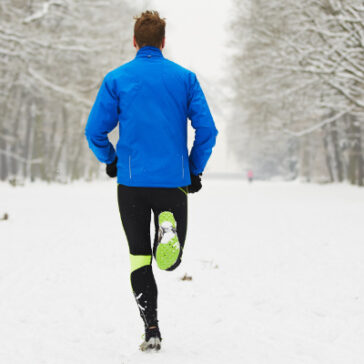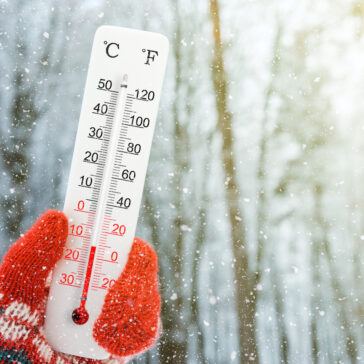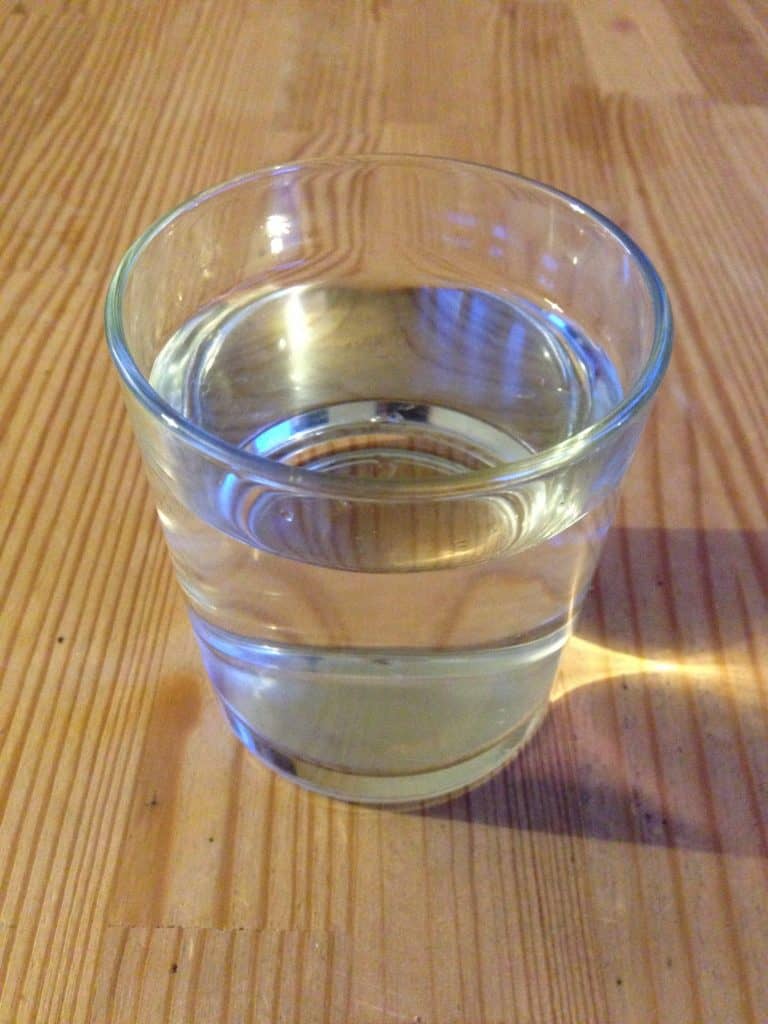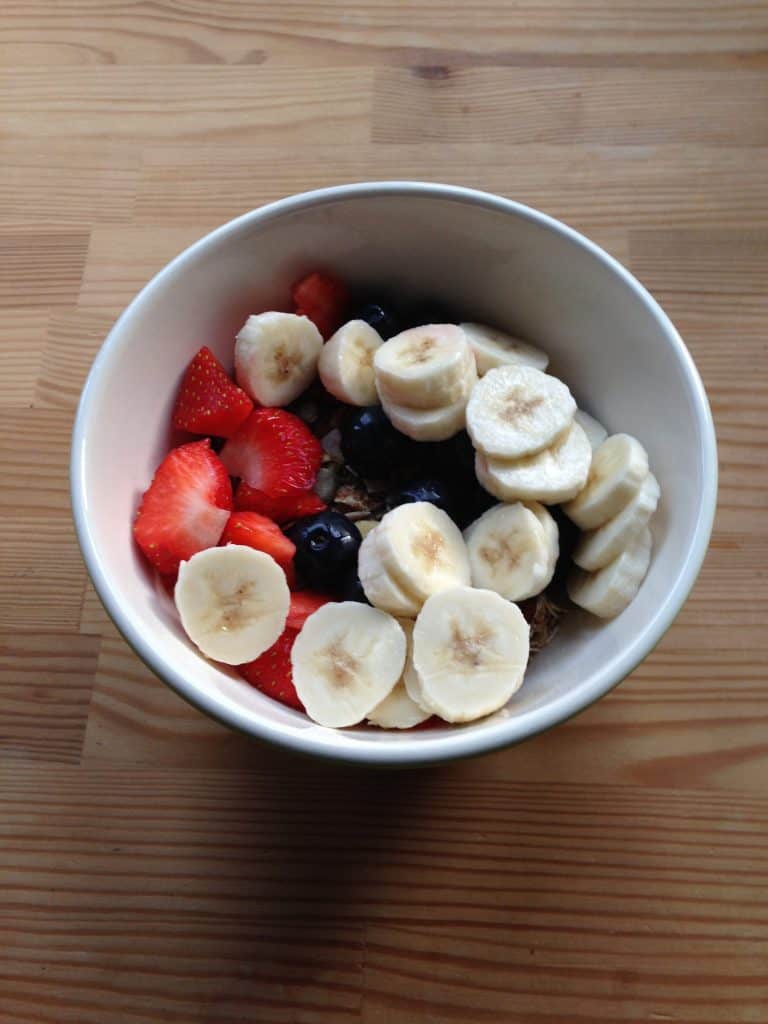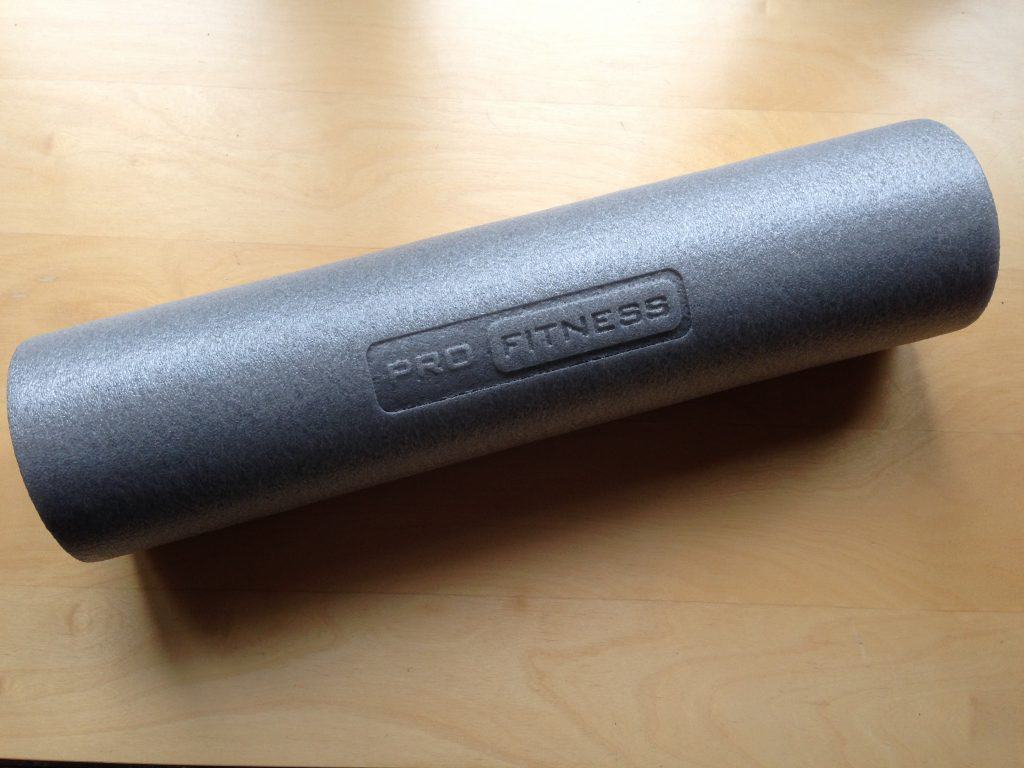In my post How to run faster, I started and finished the post with preparation and recovery. Injury and fatigue are the downfall of many a training plan and many runners seem to be injured, are returning from injury or are carrying an injury.
Below are some ways to help keep you on the road or trail.
Water
I have previously posted about the benefits of drinking water and seem to bang on about it a lot. It has a huge impact on your performance. Make sure you are well hydrated. Drink water throughout the day to maintain your fluids. If you are dehydrated before a run, it is likely going to be difficult and suck!
Nutrition
I will admit I don’t have the stomach to eat before a morning workout. If it is an hour or less, it does little harm, as long as I am hydrated. If you need to eat before a run, try one of the following. A small bowl of cereal or porridge with milk and a few berries. A banana, a bagel or toast with jam or peanut butter. Make sure you eat up to 30 minutes before your run. Try to leave 2-4 hours between a larger meal and a run. Test out a few different foods to see what works best for you.
Warm Up
Warming up is very easily forgotten. You have a certain mileage to do and you only have a fixed amount of time so you give it a pass. Activating cold muscles with a dynamic run or workout can quickly lead to injury. Take a few minutes to gently get your muscles warm with some toes flicks, heal flicks, high knees, long lunges, squats and sweeps.
Stretching Post Run
Again stretching after your run is easily missed, for the same reason as above. Stretching improves circulation, reduces soreness and improves blood flow aiding recovery and helps avoid injury. Put together a set of stretches that you can easily complete after every session. My post on stretching can be found here.
Foam Rolling
I have had a foam roller for a year or so. As will many things, I put it to use for a month or so and then stopped. Most of the time it sits in the corner of the room and people play with it when they come to visit. As my training has stepped up and my legs have started to feel more tired, to aid my recovery I have begun to put the foam roller to use again and stop using it as an unstable tea stand. Rolling is basically self-massage and aids recovery and flexibility of muscles. It hurts like hell, but my tired legs seem to be recovering a little better.
Shoes
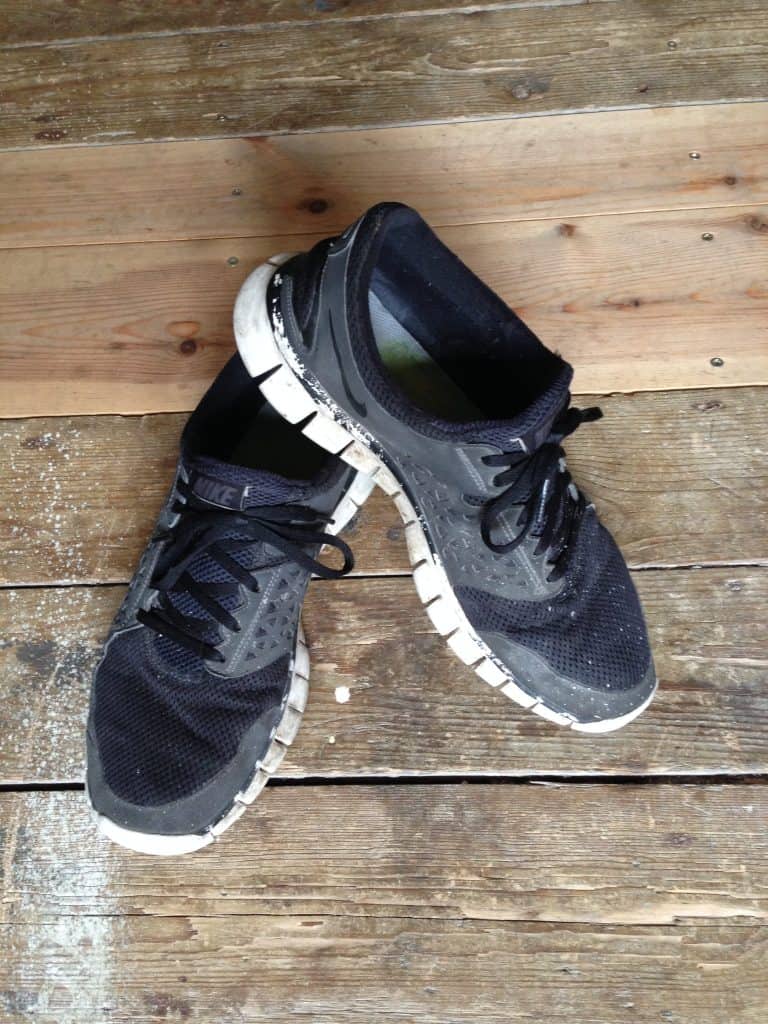
Having the correct running shoes is vitally important. Having the wrong type can quickly lead to injury, pain and reduced motivation. A year or so ago, during BMF sessions my Achilles tensions started to get very tight and painful, almost from the very moment the session began. I was at a loss to what it was. One session, I forgot my trainers and pulled an old pair out of my car boot. The session started and the pain in my achilles did not materialise. I had recently started to wear some lighter weight trail shoes which had less cushioning and less heal. It was the shoes that were causing my achilles pain.
This link gives a basic explanation of different types of running shoes. Good running shops will do a gait analysis and be able to help you further.
If your running shoes are obviously worn. Get a new pair. Old shoes can cause injury. It is recommended (by shoe manufacturers) to change your shoes every 450 -550 miles. Keeping a training log helps track this.
Rest
Rest is just as important as the training. If you keep building up the load and your legs and body are not recovering, it can lead to injury. Though it’s not always practically possible, try and rest your legs after a run and keep them raised for as long as possible (within reason).
Bath
Epsom Salts in a bath helps relieve sore muscles. The magnesium in the salts reduces inflammation and aids nerve and muscle function. Taking a bath itself eases stress and provides some downtime. The magnesium in the salts also aids a good night’s sleep…..
Sleep
Get those all-important ZZZZZZs. Your body needs time to recover and the best way to do this is get good sleep. Sleep is where the magic happens in the body when growth hormone is released and muscle repair occurs. Try and get 7-8 hours of good sleep a night. If you want more tips on sleep try here and here.
Slow Down
Though this is not prep or recovery, it is vitally important. You do not have to be changing around at top speed all the time. If your plan says interval session and you are not feeling up to it. Swap your plan around and do a slow 3 miler. Sometimes you just need to shake your legs out and go and enjoy a run.
If you are out there, reading this and like it. Please leave a comment. It is kindly appreciated.


